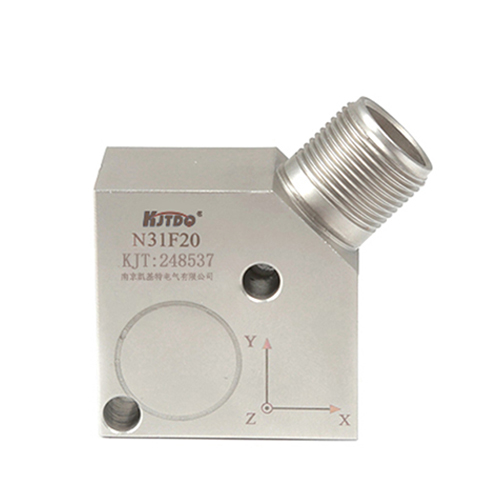

check

check

check

check
BI3-M12-AD6: The Ultimate Guide to Understanding and Utilizing the Biomechanical System
In today’s rapidly evolving technological landscape, understanding complex systems like the BI3-M12-AD6 is becoming increasingly important. This system, often used in biomechanical research and engineering, plays a vital role in advancing our knowledge of human movement and mechanical design. Whether you’re a student, researcher, or professional in the field, grasping the fundamentals of BI3-M12-AD6 can open new doors to innovation and discovery.

The BI3-M12-AD6 system is a sophisticated tool designed for analyzing and simulating biological and mechanical interactions. It combines elements of biomechanics, data acquisition, and real-time analysis to provide a comprehensive view of movement and performance. At its core, the system is built to support both experimental and theoretical studies, making it a versatile platform for researchers and engineers alike. Its modular design allows for customization, enabling users to adapt the system to specific applications in various fields such as sports science, medicine, and robotics.
One of the most significant advantages of the BI3-M12-AD6 is its ability to provide real-time feedback on movement patterns. By integrating sensors and data processing algorithms, the system can monitor and analyze the movement of an individual or object in real time. This capability is especially valuable in sports training, where precise feedback can lead to improved performance. For instance, in athletic training, the BI3-M12-AD6 can help coaches identify inefficiencies in movement and suggest corrective actions to enhance strength, speed, and coordination.
Moreover, the BI3-M12-AD6 is equipped with advanced data analysis tools that allow users to visualize and interpret the collected data. These tools can generate detailed reports and graphs, making it easier to draw meaningful conclusions from the data. This level of analysis is crucial in fields such as biomechanics and medical research, where understanding the intricacies of human motion is essential for developing effective treatments and interventions.
As technology continues to advance, the BI3-M12-AD6 is also being integrated with emerging technologies such as artificial intelligence and machine learning. These integrations enable the system to not only analyze data but also predict future movements and optimize performance. For example, in robotic applications, the BI3-M12-AD6 can be used to train machines to move more efficiently and intuitively, enhancing their functionality and adaptability.
In conclusion, the BI3-M12-AD6 represents a significant step forward in the field of biomechanical research and engineering. Its ability to provide real-time feedback, advanced data analysis, and integration with emerging technologies makes it an invaluable tool for researchers and professionals. As the demand for more precise and efficient systems grows, the BI3-M12-AD6 stands out as a versatile and powerful solution. Whether you are looking to improve athletic performance, develop new medical treatments, or explore the potential of robotics, the BI3-M12-AD6 offers a comprehensive platform for innovation and discovery.









